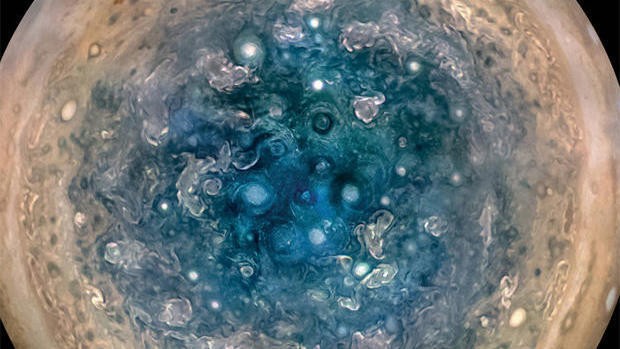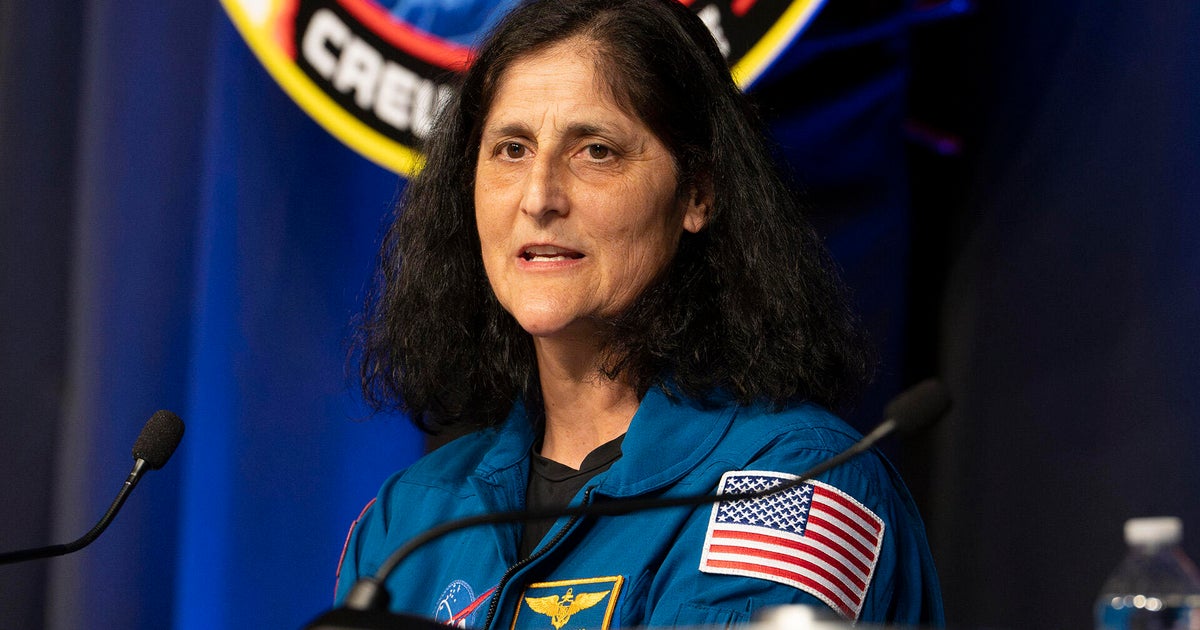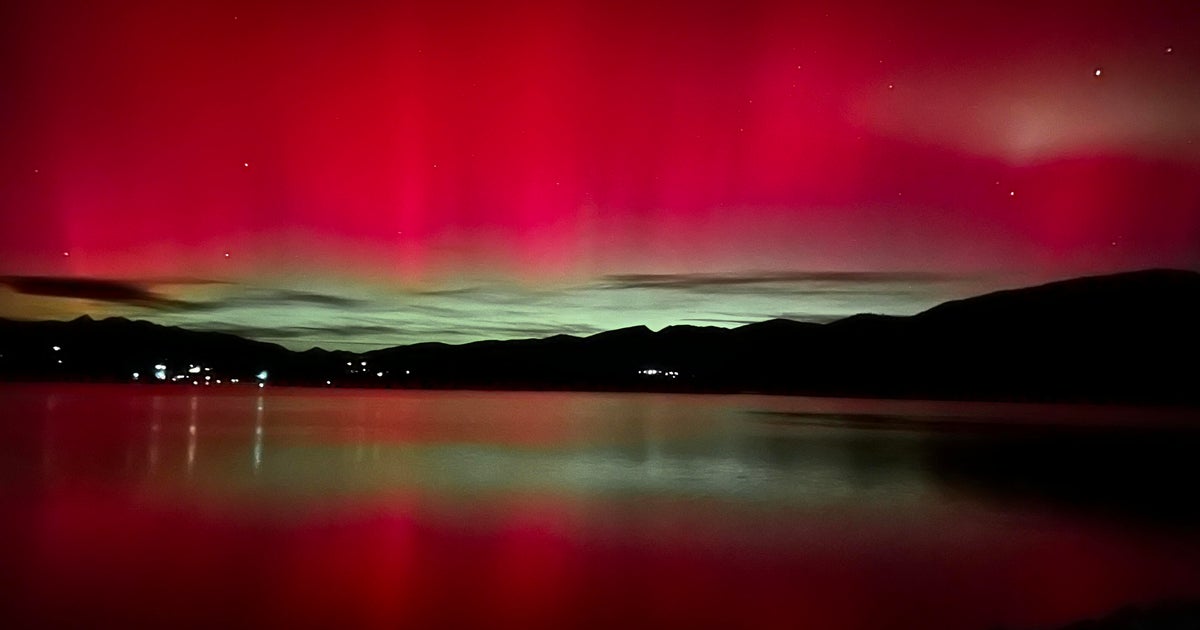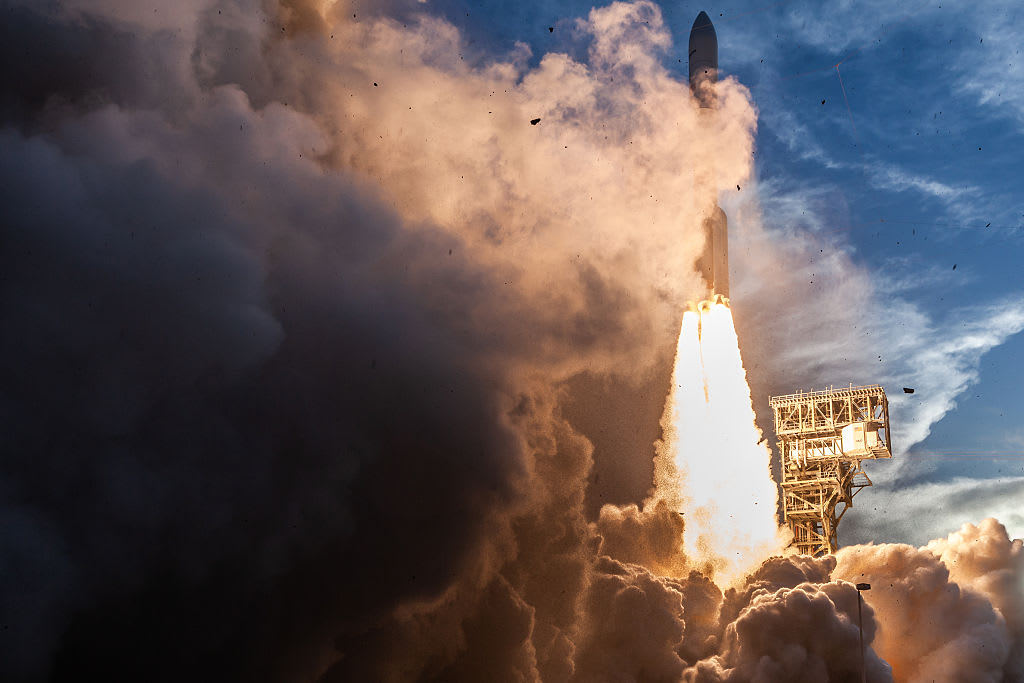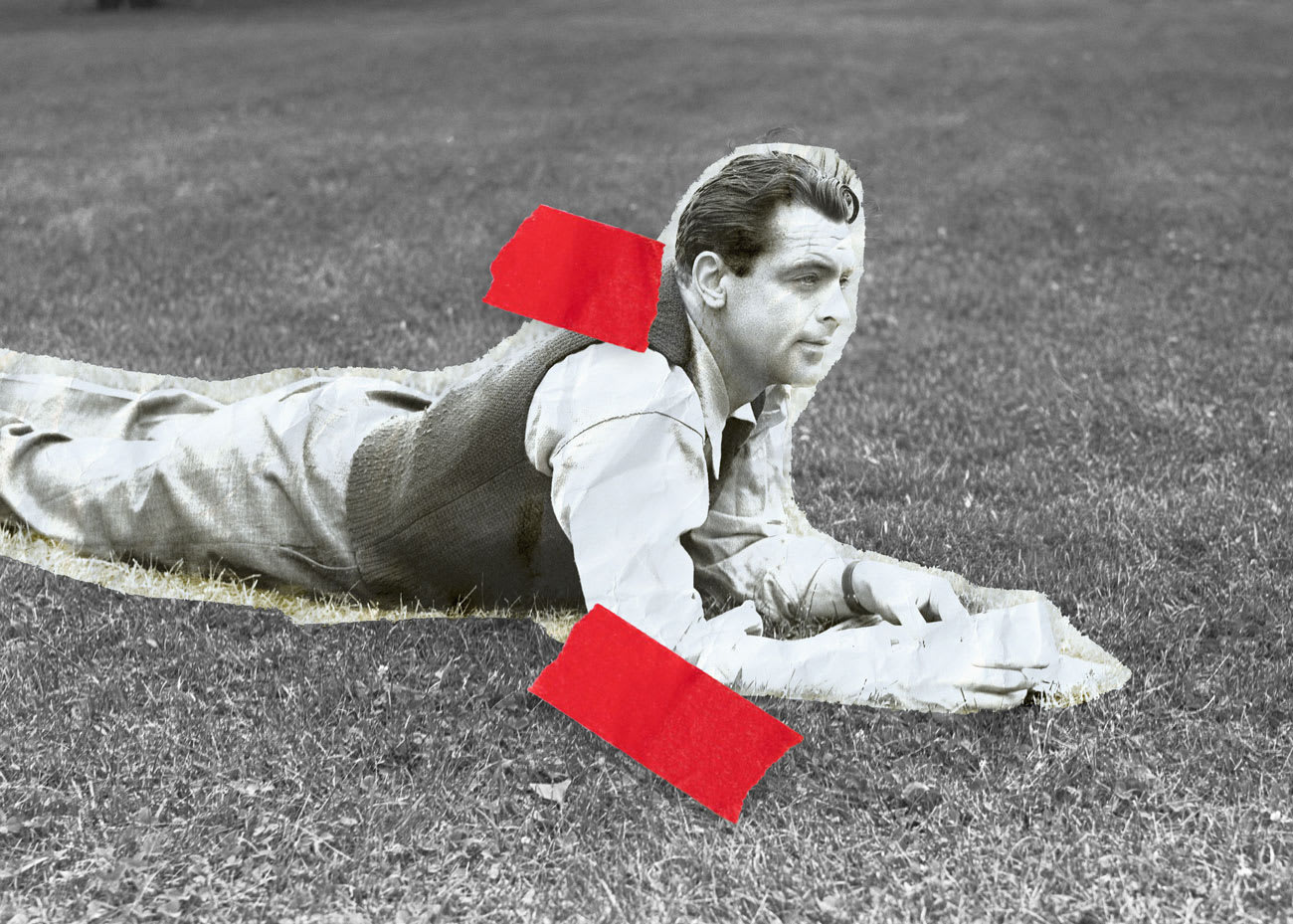Juno probe reveals more of Jupiter's surprises
NASA's Juno spacecraft is finding a world of surprises as it orbits giant Jupiter, scientists said Thursday, from the turbulent upper atmosphere where countless cyclones churn across the poles to its deep interior where a larger-than-expected "fuzzy" core may lurk beneath a crushing layer of metallic hydrogen.
Data collected by Juno's microwave radiometer reveal unexpected structure in the atmosphere up to 220 miles below the cloud tops -- as deep as the instrument can "see" -- and not the uniform mixing scientists had expected.
Juno's instruments also indicate the dynamo driving Jupiter's colossal magnetic field may be located closer to the cloud tops than previously expected, driving huge auroral displays apparently made up in part by electrons being pulled out of the atmosphere instead of the other way around as with auroras on Earth.
"We're surprised, and in fact, all the data really points to the fact that we need the rest of our mission to figure out how Jupiter works," said Scott Bolton, the Juno principal investigator at the Southwest Research Institute.
"The good news is that we also have confirmed that Juno is the right tool to do this, we have the right set of instruments, we have the right orbit, we actually are going to win over this beast, and we're going to learn how it works. But it's going to take time ... to unravel the mysteries."
Launched Aug 5, 2011, from Cape Canaveral, Juno traveled a roundabout 1.7 billion miles to reach Jupiter, making a gravity-assist flyby of Earth in October 2013 to pick up enough speed to finally set off after its quarry. It successfully braked into a highly elliptical orbit around the huge planet last July 4.
Juno completed its first 53-day orbit the following August and was about to fire its engine during its second close approach to drop into a lower 14-day science orbit when telemetry indicated possible problems with critical valves in the propulsion system.
After a detailed analysis, mission managers opted to keep Juno in the initial 53-day orbit and to forego any additional firings of the probe's main engine. While it will take longer to collect the same amount of data, scientists say Juno will still meet all of the mission's objectives without taking any undue risk.
Now, with six close flybys under its belt, Juno is revealing a giant planet full of surprises.
"The general theme of our discoveries is really how different Jupiter looks from what we expected," Bolton said. "Juno in many ways is looking inside Jupiter for the first time, close up and personal."
Many scientists expected a "relatively boring, uniform" interior, Bolton said. "For decades, scientists had assumed that if we dropped below the cloud tops, below where the sunlight reaches, that pretty much Jupiter was all uniform inside, and it really didn't matter where you looked, it would all look the same."
"And what we're finding is, anything but that is the truth," he said. "It's very different, very complex."
Jupiter is the solar system's largest, and presumably oldest, planet, made up of remnants of the solar nebula that collapsed to form the sun some 4.5 billion years ago. The Juno team hopes to answer fundamental questions about the evolution of the early solar system and shed light on the processes going on below the cloud tops of gas giants like Jupiter, Saturn, Uranus and Neptune.
Juno is the first spacecraft to fly directly over Jupiter's poles, photographing thousands of huge cyclones churning away in a seemingly random fashion, unlike the ordered atmospheric belts and zones visible to earlier spacecraft and even backyard telescopes on Earth.
"Jupiter from the poles doesn't look anything like it does from the equator (with) zones and belts, the Great Red Spot," Bolton said, referring to a titanic storm system that has raged for centuries. "That's the Jupiter we've all known and grown to love. And when you look from the poles, it looks totally different."
Pictures taken as Juno streaks from the north pole to the south look more like modern art than photographs, revealing a world of extremes with mind-boggling weather patterns across scales that dwarf anything familiar to human experience.
One of the primary objectives of the Juno mission is to precisely track the spacecraft's trajectory to measure the effects of Jupiter's gravity. In so doing, scientists hope find out if a core is present at the planet's center where the pressure is 40 million times stronger than Earth's at sea level.
Going into the mission, there were two schools of thought, Bolton said.
"There were two extreme cases, a little compact core down in the center of Jupiter, maybe Earth size or 10 Earth masses, something like that, all compact, tight in the center of Jupiter," he said "Or maybe there was no core, maybe Jupiter formed without a core at all. Those were the two kind of extreme models."
Data from Juno indicate neither theory is correct, although researchers are not yet sure exactly what is going on.
"The gravity data we've gotten thus far is not really consistent with just a small, compact core or zero core," Bolton said. "But it is somewhat consistent with a large fuzzy core that may be partially dissolved. It's also consistent, maybe, with some deep motions, zonal winds and things like that that may be going on that are dictating the interior of Jupiter's dynamics."
Juno's computer and sensitive instruments are mounted inside what amounts to a titanium vault designed to protect them from impacts by high-energy charged particles in Jupiter's radiation belts. Heidi Becker, who leads the Juno radiation monitoring team, said the environment is actually less severe than expected at close approach.
"The high energy electrons that get into our instruments and degrade and create noise, the number of those is 10 times less than what we thought it was going to be, which is very great news from an engineering perspective, it's great for science. ... This is something we never could have known without going there."
She cautioned that Juno almost certainly will experience higher exposures later in the mission, "but I want to let everybody know that Juno is very healthy and is doing great. The suit of armor is working."
Juno's next close approach to Jupiter is expected on July 11. And then, for the first time, the spacecraft will pass directly above Jupiter's Great Red Spot.
"Stay tuned," Bolton said.
